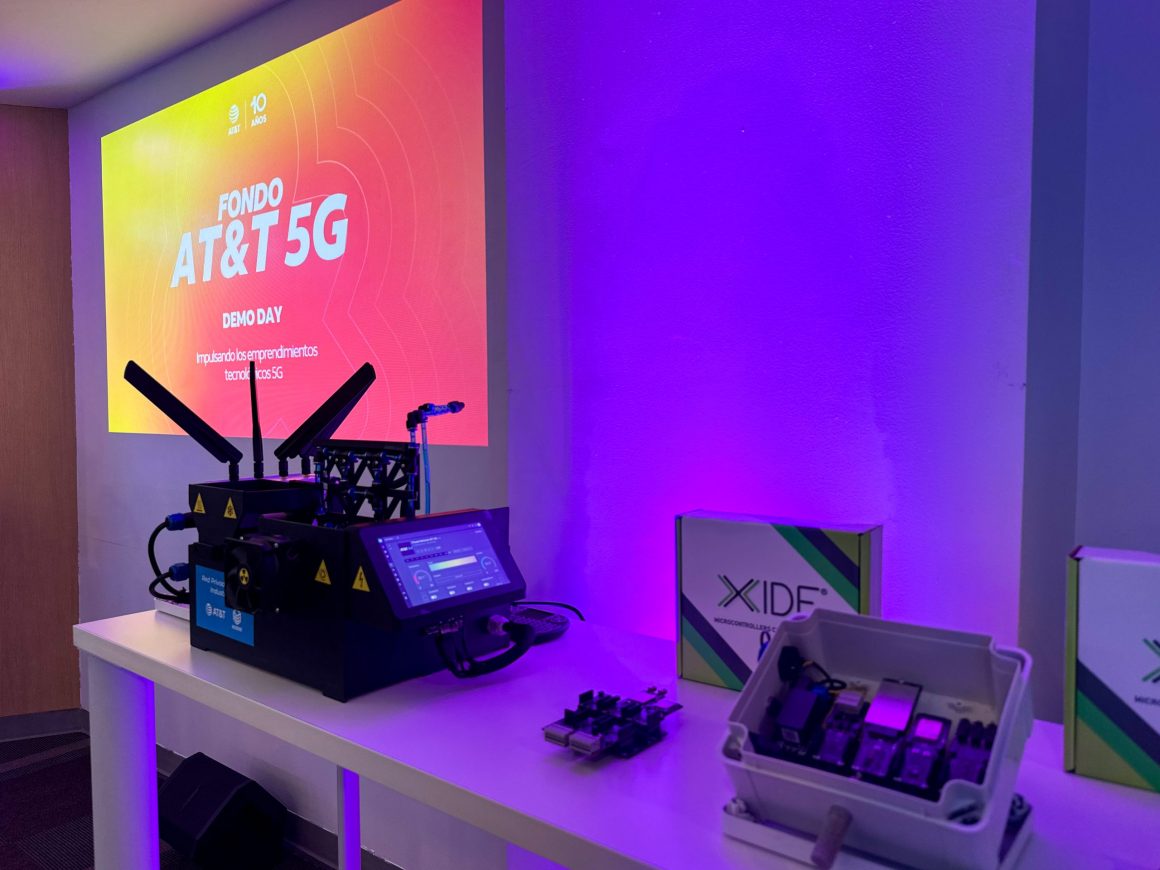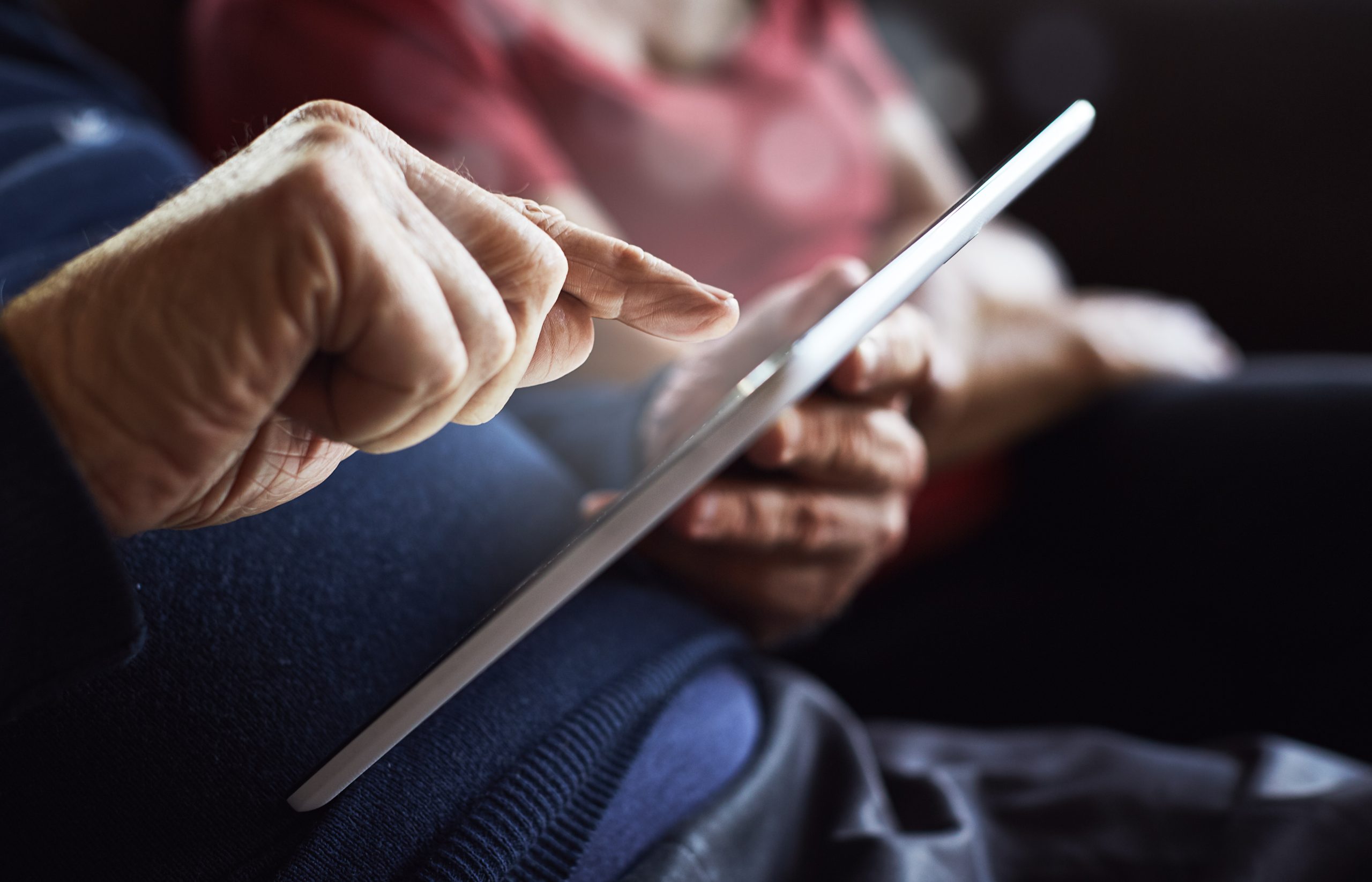Telehealth
IoT technologies have been transforming the global healthcare industry for years. Connectivity has unlocked new possibilities in clinical settings, at home, and beyond. As populations have aged and as chronic conditions have become more common, the need for predictive and preventative healthcare has risen. In addition, telehealth devices have also shown they can drive widespread change in global healthcare. Importantly, telehealth IoT devices offer more precise and less invasive testing and treatment. These outcomes can also be delivered remotely and at lower operating costs.
$604bn
Global market for IoT healthcare by 2029
45-50%
hospital admission reduction through remote monitoring
30%
World’s total data volume generated by healthcare
IoT solutions can bring vast improvements to drug administration, disease management, diagnosis accuracy, condition monitoring, health data management, and patient experience. On top of this, they can improve access to healthcare in developing countries with fewer physicians and hospitals. This helps reduce inequalities and improve outcomes in regions where need is often greatest. The global IoT healthcare market was already worth $231.71 billion in 2024. Now, it is projected to grow at a CAGR of 21.1% until 2029. By then, it will reach an astonishing $604 billion.
Healthcare data accounts for around 30% of the world’s total data volume, demonstrating the value of digitization to the industry.
Wearables such as smart glucometers, blood pressure gauges, and elderly monitors keep patients and their data connected to physicians. This reduces the need for in-person visits, lowers clinical overheads, and empowers patients to manage their own conditions. Overall, remote patient monitoring technologies are capable of reducing hospital admissions by 45–50%. Additionally, connected devices provide healthcare organizations with valuable data, helping them understand where next to modernize. Notably, healthcare data accounts for around 30% of the world’s total data volume, showing how much the industry depends on digital technologies.
Uptake of connected clinical apparatus also continues to accelerate in conventional medical settings. These solutions draw on the transformative capabilities of recent technologies like 5G RedCap. In the UK, for instance, surgeons at Guy’s and St. Thomas’ NHS Foundation Trust now use robots to perform prostate, kidney, and lung cancer surgeries. As a result, patients recover faster and spend less time in hospital. Telehealth IoT devices also support a wide range of other roles. For example, they enable patient monitoring, body-worn cameras, vehicle tracking, and emergency equipment in ambulances. Additionally, they manage utility functions such as air quality monitoring, lighting controls, and access controls in hospitals.
Security and reliability are paramount in telehealth – our modules provide:
Socket Secure Layer to meet strict security and privacy requirements in data transmission
MIMO antennas to greatly reduce errors and boost data speeds
Ultra-compact designs and low power consumption to suit wearable devices
Worldwide certifications and global network coverage
The COVID-19 pandemic – and the sudden surge in demand for remote service delivery – greatly accelerated the uptake of telehealth IoT devices. Even in 2019, one survey found that 79% of healthcare organizations with $100+ million in annual revenue were using IoT technologies. However, the pandemic caused this trend to balloon. Total global shipments of connected health and wellness devices reached 534.6 million units in 2024. Additionally, recent changes such as AI and blockchain have transformed what remote patient monitoring systems can provide. Looking ahead, future trends appear focused on delivering more personalized, predictive, and proactive healthcare devices.
Smart and secure connected healthcare is central to Quectel’s vision of building a smarter, safer world. To help patients and clinicians achieve this, we provide a broad range of IoT modules. These can be easily integrated into all manner of healthcare solutions. In this most sensitive area of the IoT, we recognize the critical need for precision, reliability, and continuous protection of patient privacy. Importantly, our advanced security functions ensure this protection. As a result, both patients and practitioners can confidently trust digital health.




